Have you thought about using succulents in your garden?
)
So often, cactus (or cacti for plural) and succulents are used to describe each other but did you know that while all cacti are succulents not all succulents are cacti!
Succulents have been around for as long as anyone cares to remember however, what is amazing is the growing popularity and trend in this versatile and hardy plant.
What makes succulents so popular?
Succulents have thick, fleshy leaves which can store lots of water. This means they can survive and thrive in hot and dry climates. This mere fact alone allows them to be very tolerant to neglect making them ideal indoor plants and for those who may be 'gardening challenged'.
And did you know, there are over 100 varieties for succulents. The range of succulents available will allow any outdoor or indoor garden to be filled with colour, texture and depth.
Use succulents in your garden
As well as being a hardy and easy to look after indoor plant, succulents are an amazing addition to any outdoor garden space.
The use of succulents in your outdoor garden simply adds another level, to both the look and feel, of your outdoor living space.
While many people opt for traditional plants in their gardens, succulents add that 'wow' factor and when you choose the right one, they not only act as feature plants, they also act as the centre of attraction.
Here are some examples of succulents for outdoor planting.
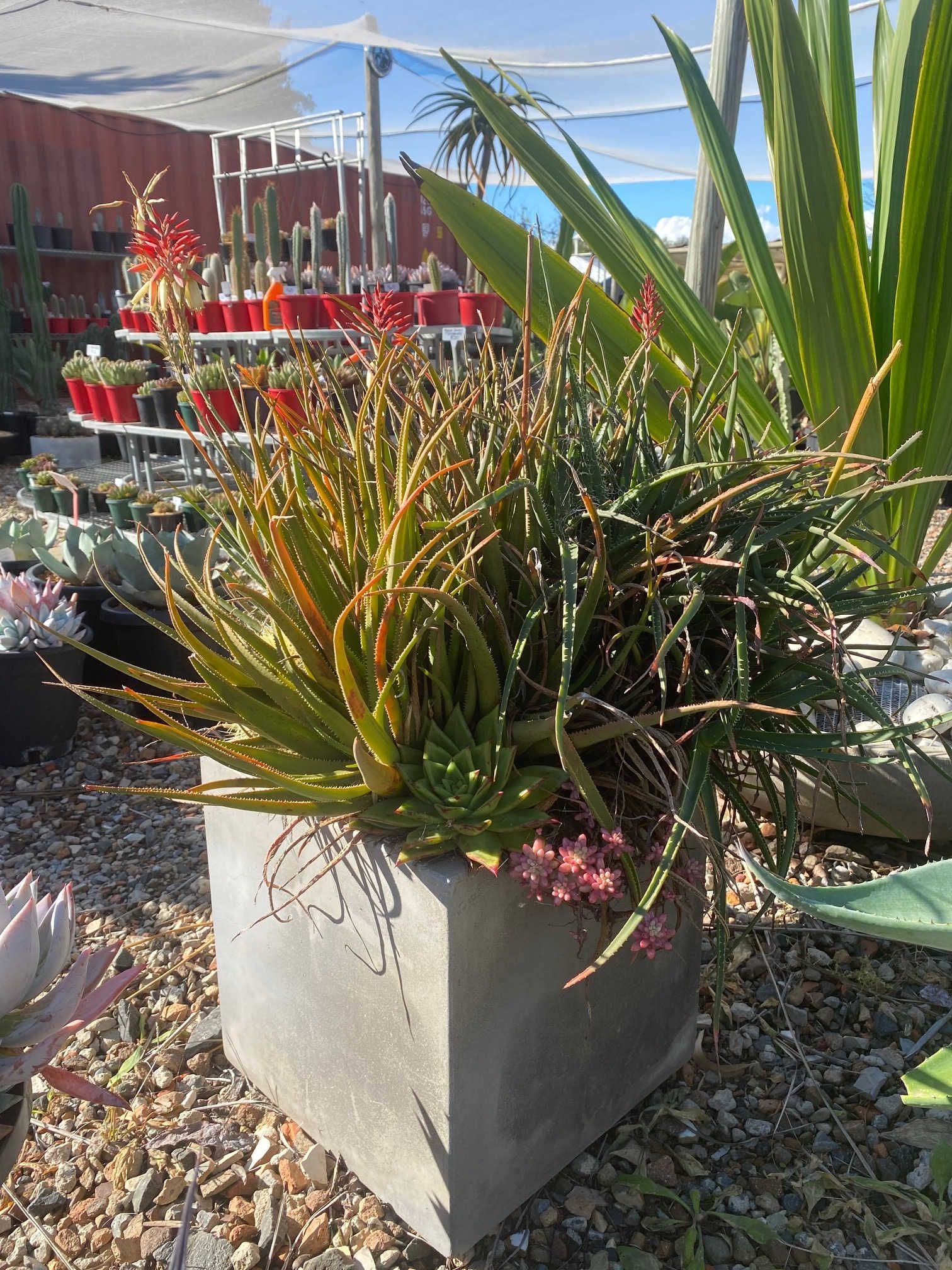 | 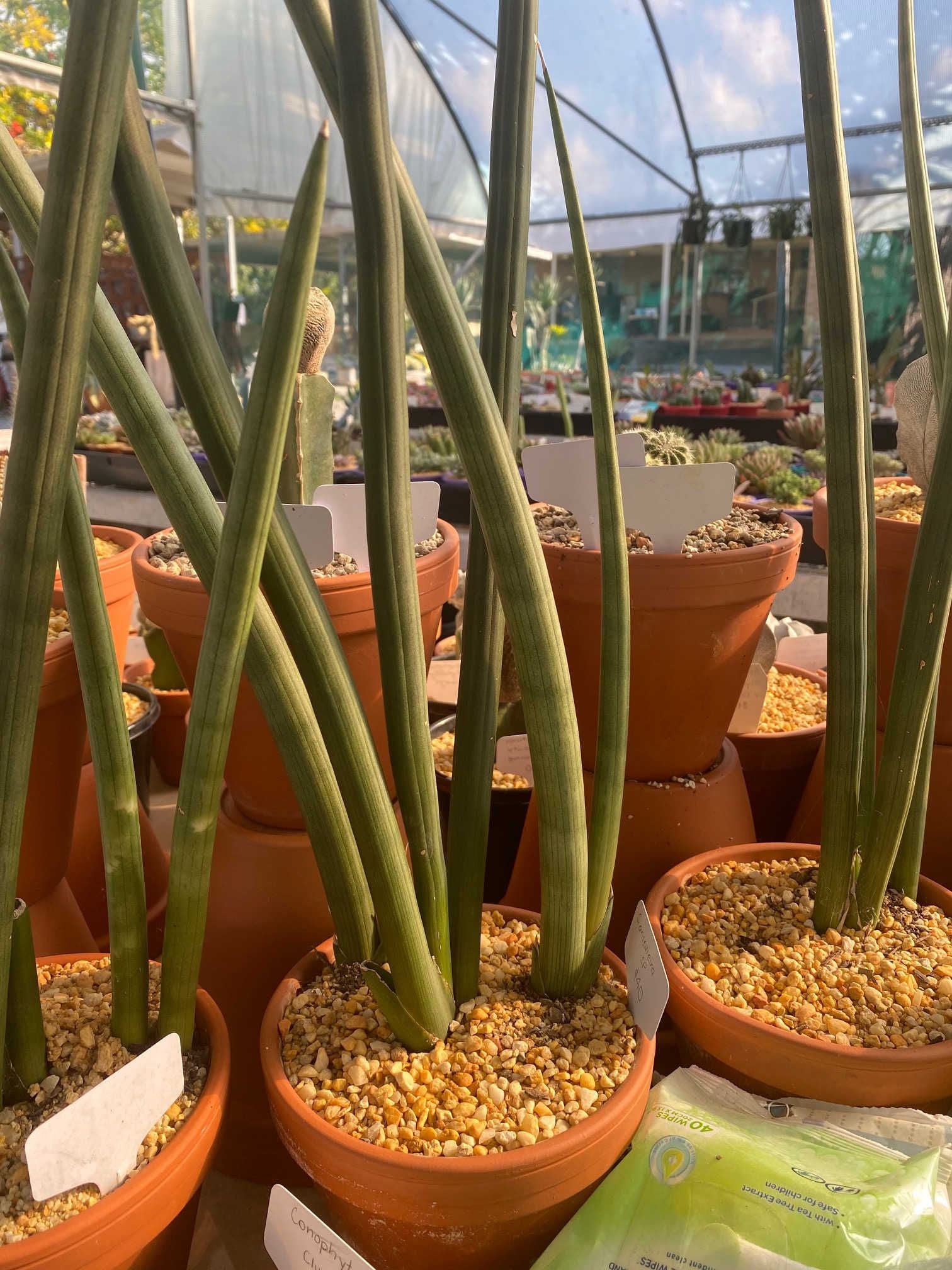 |
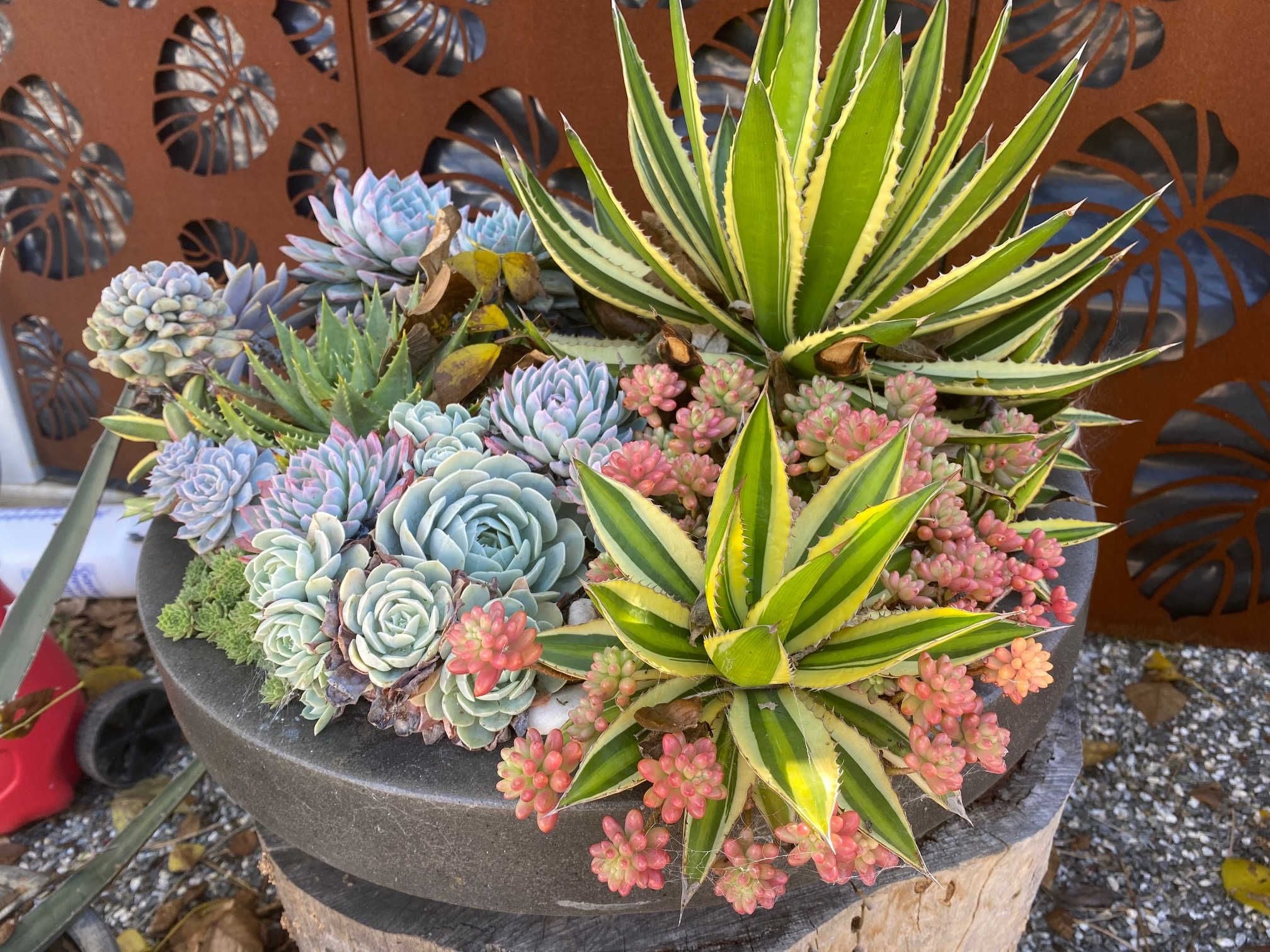 |
 |  |
And did you know, a unique looking succulent planted in a unique pot can sell upwards of $200-$300.
In some cases, the plant/pot combination has come an investment piece with huge re-sale potential.
How to care for succulents
While succulents are a hardy and forgiving plant, they do still need some attention in order for them grow and thrive.
Climate:
Succulents need an open sunny position and can grow in moderate to hot climates. Some succulents are sensitive to cold so choosing the right one for your predominant climate is important.
Soil:
Here you can't go wrong by using a cacti-succulent potting mix (for indoor use). If planting outside, sandy and free-draining soil is best.
Water:
By their nature, succulents need minimal water. Knowing when to water them is as easy as feeling the soil with your finger if it feels dry, then go ahead and water.
Planting:
If planting a number of varieties, any pot, tub or trough will work. Just ensure you allow enough space between each variety to allow their roots to take hold.
Propagating:
This is probably one of the biggest advantages of succulents the fact that they are so easy to multiply. Simply snap off a short stem with leaves attached, leave it in a dry area until the end forms a callus or starts to sprout hair-like roots, then plant in potting mix. Voila! New more succulents.
I personally use succulents as accent plants or feature plants to make the garden more interesting.
The different shapes and sizes have a dramatic impact on the garden especially when using a variety such as the snake plant or more commonly known as Mother In Laws Tongue!

So, go ahead and plant succulents in your garden they will for sure be the talking point at your next bbq.
If you'd like to liven up your outdoor space as well as adding a sense of uniqueness to your garden, succulents are an absolute must in my opinion.
Contact me if you'd like more information on which succulent works best for you and your garden.
| Posted in:Landscape designPlants |
Hard to Soft Landscaping Ratios - minimum landscaped area
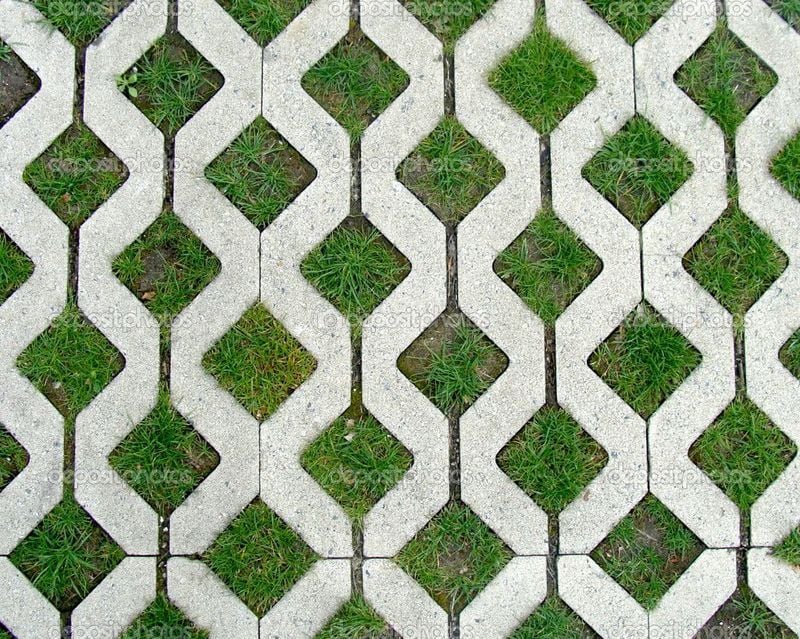)
While you may know that any landscape plan submitted to council must abide by certain requirements and regulations, many though aren't quite sure about what exactly those requirements are and more importantly, how to best comply with the requirements.
What are the requirements for new landscape designs?
There is much written about what proposed landscape designs need to comply with your council websites are a great source of information.
However, here is a quick primer on the minimum objectives landscape designs are required to comply with.
- The need to include indigenous species (trees, shrubs, plants etc), in all areas visible to the public this applies to new plantings in medium/high density residential, commercial and industrial developments.
- The need to ensure 'softening' of buildings, driveways and carparking areas through properly designed landscape designs.
- The need to retain existing tree where reasonable possible.
- The need to ensure the landscape design blends in with the environmental character of the area.
- The need to factor in ongoing maintenance and care of the landscaped area e.g. plants with low watering requirements.
- The need for hard paved areas should be minimised thereby providing the maximum landscaped area possible. The utilisation of permeable paving materials in hard-scapes is encouraged.
The last point in this list is an area of compliance that is often overlooked in landscape designs, specifically, the use of correct hard to soft landscaping ratios i.e. hardscape and softscape.
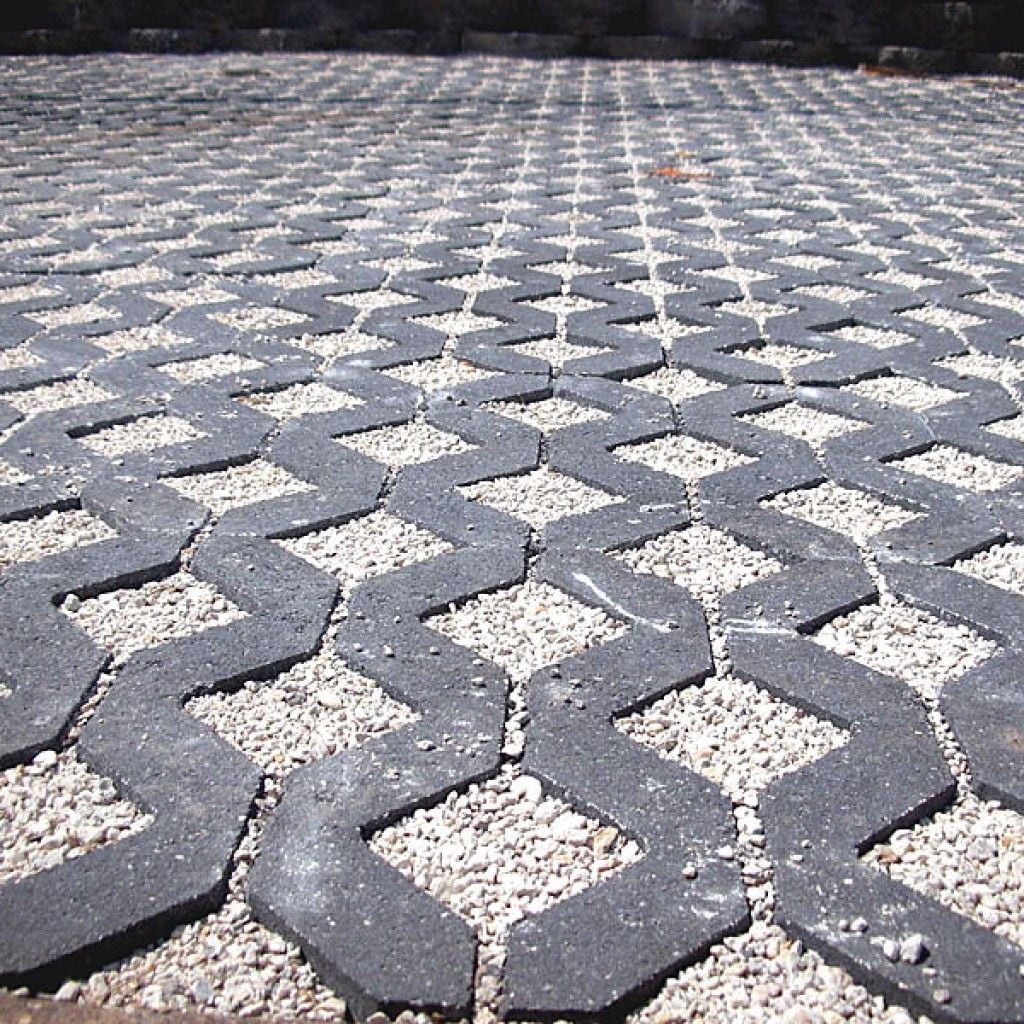 What exactly is Hardscape and Softscape?
What exactly is Hardscape and Softscape?
To put is simply, Hardscape is the hard stuff in your garden: concrete, bricks, and stone.
Softscape is the soft, growing stuff, like perennial flowers, shrubs, succulents, and trees.
In a nutshell, Softscape is living and growing - hardscape is not.
What is the purpose of having hard to soft landscaping ratios?
Hard to soft landscaping ratios one way (and an effective one at that), to ensure rainwater in urban spaces drains and percolates in the ground, thus helping to replenish the water table.
Land use patterns in urban areas are constantly changing. Various councils now require new developments to be much more considerate of their surrounding environment and community.
Hard to soft landscaping ratios help to reduce storm water runoff and erosion.
So, what is the correct Hard to Soft Landscaping Ratio?
With the size of residential developments continually to increase, know, understanding or even keeping to the required ration can be a challenge.
These ratios will change based on the size of the property, location and of course, the council jurisdiction.
As always, it's best to consult with council before the landscape plan is finalised and submitted to ensure proper compliance.
 What materials meet the criteria for Softscape?
What materials meet the criteria for Softscape?
The definition of soft landscaping materials which are deemed to be permeable can vary, again based on the council you're dealing with.
However, the following materials, generally, fall into the category of acceptable permeable materials;
- Mulch path
- Mulch and stepping stone path
- Deco granite driveway or path
- Permeable paving
Understanding, let alone complying with hard to soft landscaping ratio requirements is a challenge indeed.
If in any doubt, speak with a professional landscape architect who will be able to provide you with valuable and time saving guidance.
www.susanreadlandscapes.com.au 0418 635781
| Posted in:SustainabilityLandscape design |
On-Site Storm Water Detention - no longer an eye sore
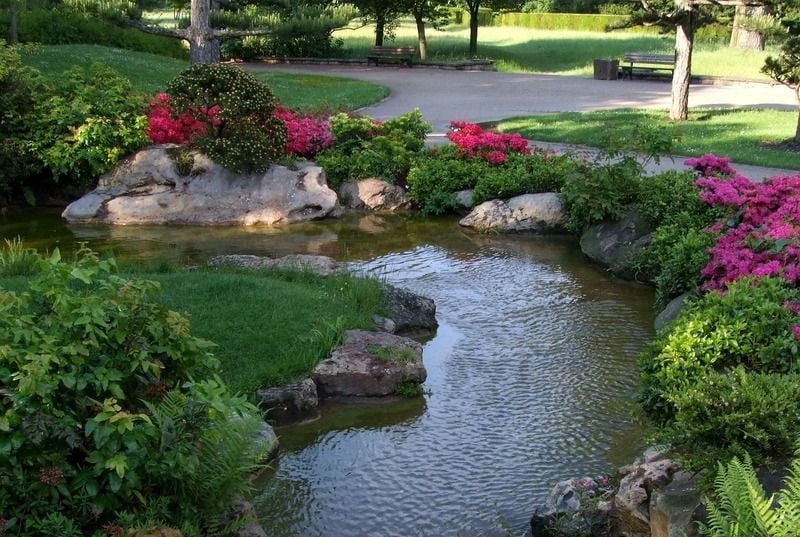)
Stormwater drainage is becoming increasingly important as urban development continues to grow environmental responsibility in dealing with stormwater, particularly in heavy down pour areas, is now a critical element in new developments.
When it rains, water will naturally follow the contour of the terrain on which it falls.
In urban areas, rain comes off the roofs of houses, apartments, commercial buildings and even off paved surfaces such as paths, driveways and roads.
Where ever the runoff, water will eventually end up into stormwater discharge drains.
Unlike sewage, stormwater is generally not treated before being discharged into waterways, wetlands and the sea which means stormwater includes anything the rainwater carries along with it.
So, what's the problem with stormwater run-off, isn't is just a natural consequence of our environment?
The problem is that poorly managed stormwater can cause problems such as erosion and because it carries with it everything and anything, it transports all manner of things including sediments and possibly even chemical pollution into water catchment areas.
Improper treatment of stormwater is actually a loss properly contained and handled, it can be used for recycling purposes.
Let's learn more about on-site stormwater detention
On-Site Water Detention
On-site stormwater detention and on-site stormwater absorption are the two main techniques used to slow the flow of stormwater into water catchments, particularly in areas prone to flooding.
On-Site Detention (or OSD), allows to temporarily 'house' stormwater runoff to reduce the impact of it having to run off immediately into stormwater drains.
Many councils around Sydney are now requiring OSD as part of stormwater management in developments.
Types of On-Site Detention Systems
There are two types of OSD below ground storage and above ground storage.
Below Ground Storage:
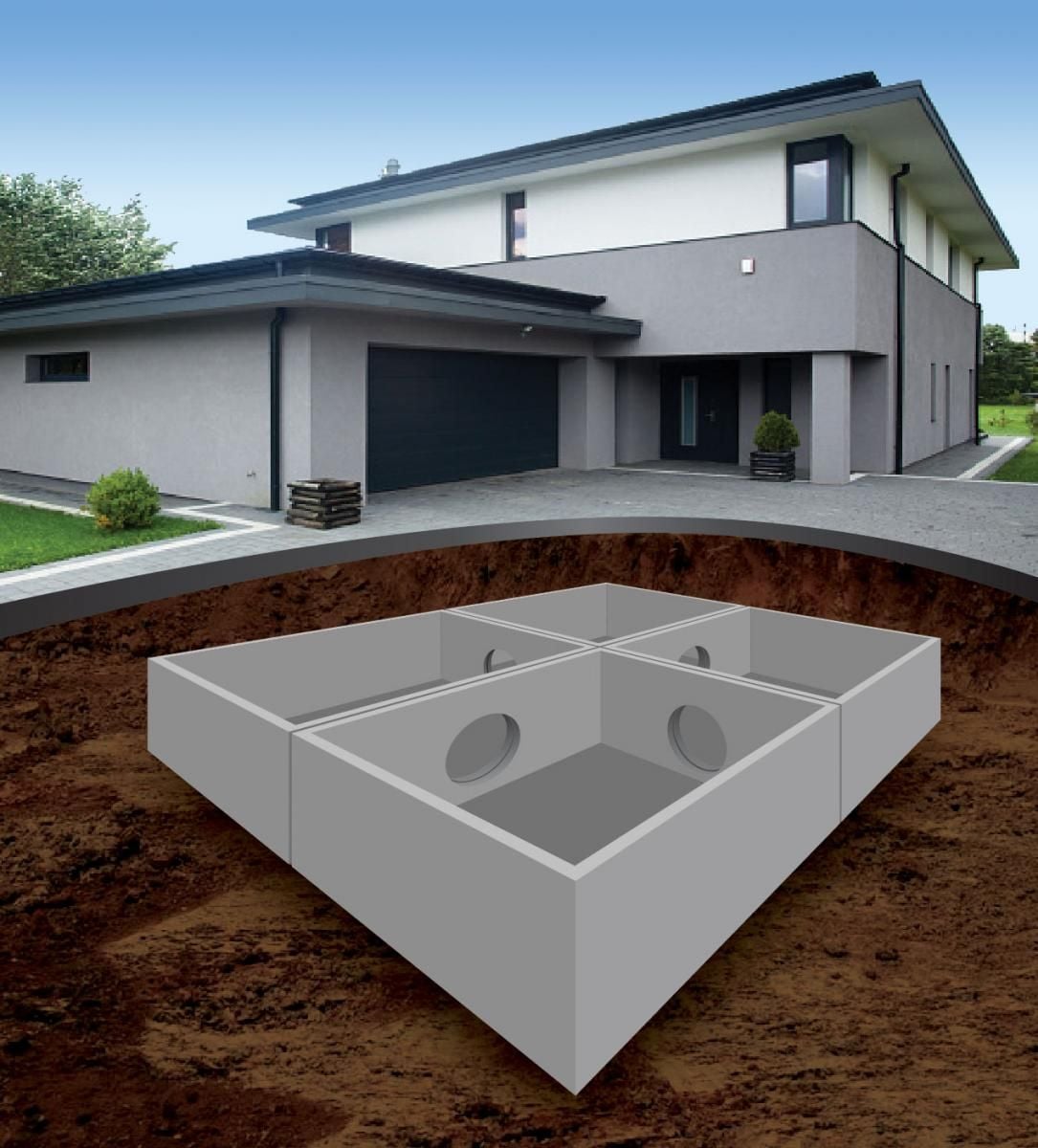 This type of OSD is essentially a large underground concrete tank that would usually sit under the driveway of a development.
This type of OSD is essentially a large underground concrete tank that would usually sit under the driveway of a development.
These concrete tanks are meant to collect stormwater and slowly release it at a controlled rate so that downstream areas are not flooded or eroded.
One of the most important elements of maintaining the tanks is making sure the discharge control outlet and trash screen is not blocked or clogged.
Also, maintenance of a below ground detention tank should be carried out by a person having confined space training and the correct equipment as they can be very shallow and difficult to access in some cases.
[image source: Panthers Concrete Tanks]
Above Ground Storage:
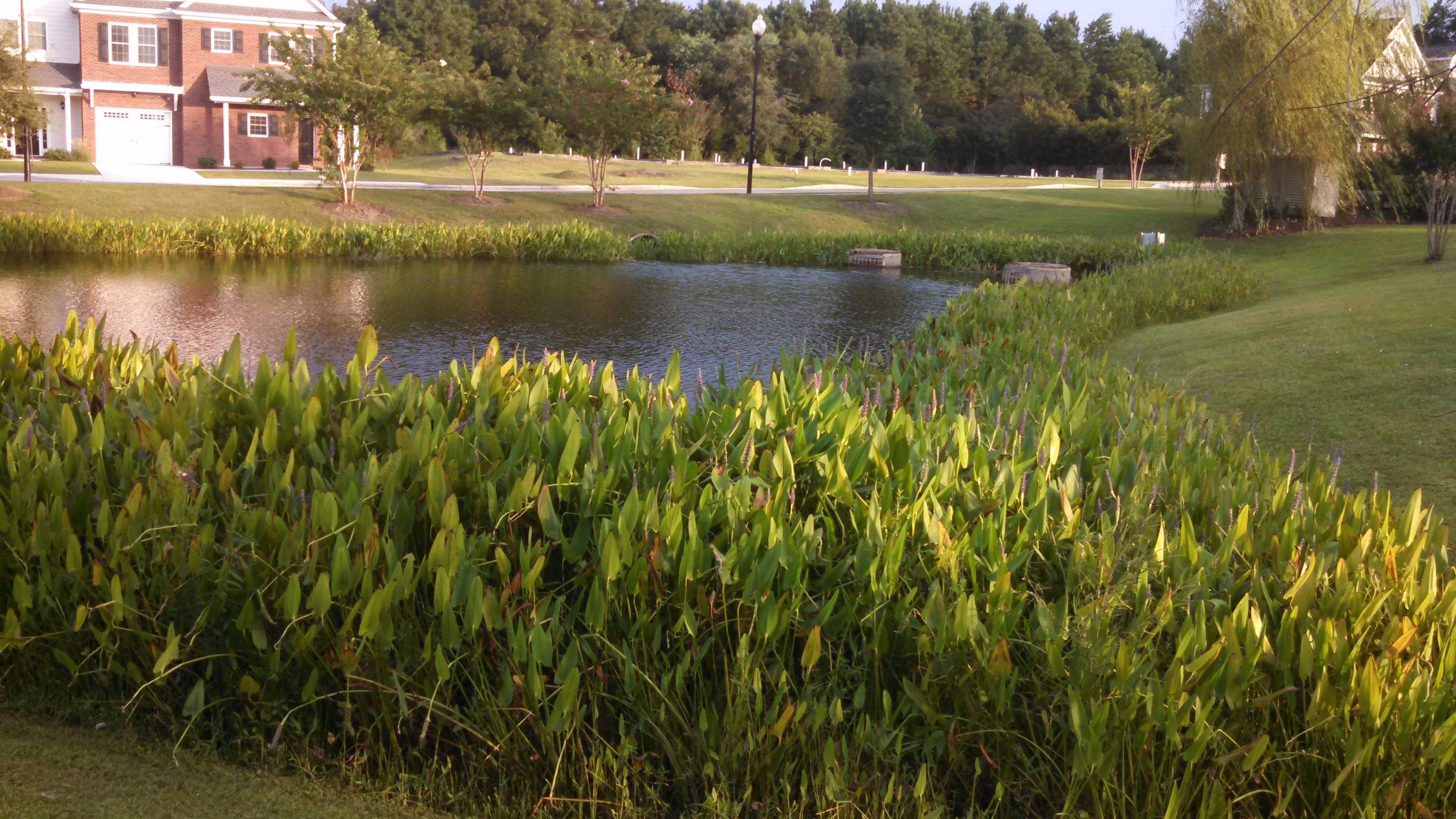 With above ground detention systems, developers, builders and architects would work with a landscape architect to help design and blend the above ground detention area within the landscape, thus making a seamless integration with the garden surrounds.
With above ground detention systems, developers, builders and architects would work with a landscape architect to help design and blend the above ground detention area within the landscape, thus making a seamless integration with the garden surrounds.
Whilst there are many ways of integrating above ground detention areas into a garden scape, they will all typically include a sloping grassed area within the front garden and/or retaining walls to contain the water that is temporarily detained.
A benefit of above ground detention is that it can be integrated as a featurette think fountains!
Another possibility for storm water detention is the use of rainwater tanks.
Regardless of which method is chosen for on-site detention, there are few must dos:
- Check with your local council first as to which method is allowable for the area
- Work with a structural engineer to ensure proper design especially for below ground storage
- Work with you landscape architect particularly on above ground storage
If you have a requirement for on-site storm water detention, contact us today.
| Posted in:Water savingSustainabilityLandscape design |
Winter Colour without Autumn Leaves
)
Brace yourself, winter is here!
While the cooler weather is a welcome relief to many from the blazing heat of summer, it does however make gardens look drab and dull.
Deciduous trees (those that shed their leaves in winter) do offer some benefits.
For example, the burning red and amber hues as the leaves change colour make for an amazing sight and when the leaves have fallen and the bareness of the trees allows for winter warmth sunshine to stream into your house.
So, while deciduous trees have their virtues, they are a pain when it comes to the sea of leaves in your garden and as mentioned earlier, during the winter months, your garden will be devoid of any colour and brightness.
Don't fret though, you CAN have colour in your garden during the winter months without the hassle of raking leaves every day.
Here are my tips for some of the easiest to maintain trees that will sure to add colour and vibrancy to your garden during winter.
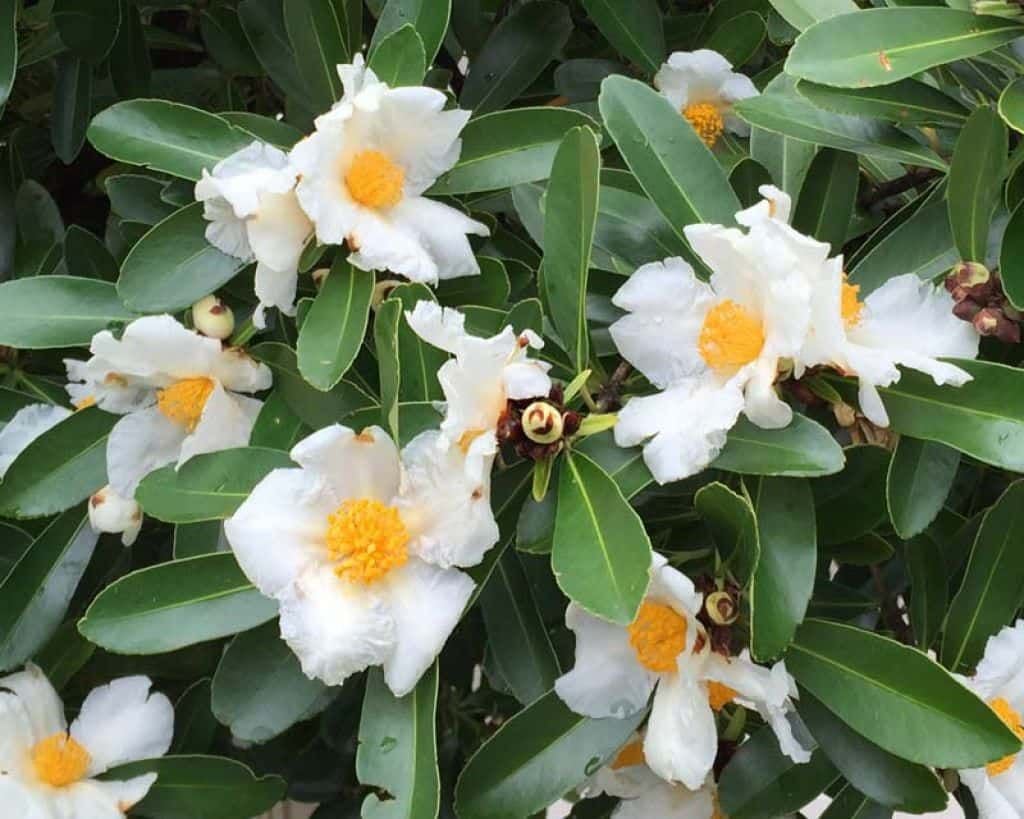 Gordonia axillaris
Gordonia axillaris
Also known as Fried Egg Plant is a tall, fast growing, evergreen shrub or small tree that closely resembles the Camellia.
It has slender, oval, green leaves, and bears large white, open-faced flowers with brilliant, golden yellow stamens in the centre - looking like that of a fried egg. Interestingly, the flowers always fall facing upwards!
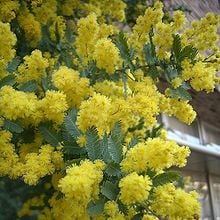 Acacia baileyana (Cootamundra Wattle)
Acacia baileyana (Cootamundra Wattle)
This is a very fast-growing small tree with beautiful grey feathery foliage and bright yellow flowers in winter.
The winter flowering is often so prolific that they can hide the leaves.
This species does tend to seed itself so it is best not to plant it near areas of natural bushland to prevent it from establishing feral populations, however, in urban areas it makes a magnificent small tree, growing from 6 to 8 metres tall.
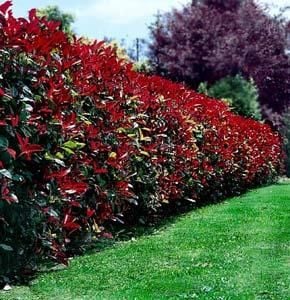 Photinia robusta
Photinia robusta
Photinia Robusta is a small fast-growing tree with glossy red foliage turning to green.
It has small white flowers in Summer with red fleshy fruit following.
With a dense growth habit, it's great for screening!
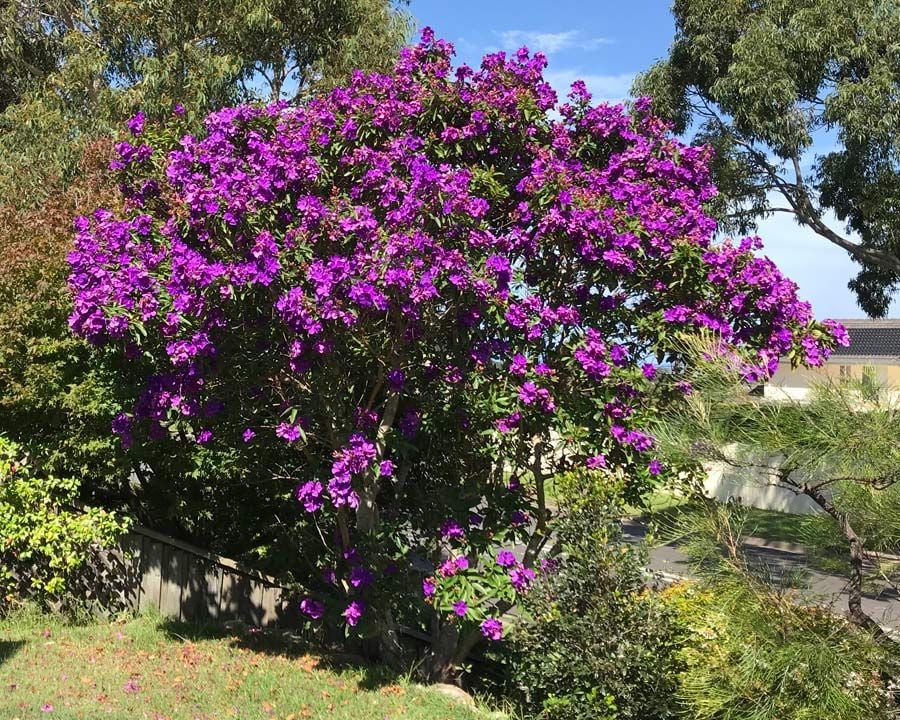 Tibouchina 'Alstonville'
Tibouchina 'Alstonville'
Tibouchina lepidota Alstonville is a small tree or large shrub with thick, woody, branching stems and rippled, hairy, spear-shaped leaves that are paler underneath.
In late summer and autumn, the leaves are almost completely hidden by the profuse, buttercup-shaped, deep purple/velvet flowers.
 Banksia
Banksia
The flower heads are made up of hundreds (sometimes thousands) of tiny individual flowers grouped together in pairs.
The colour of the flower heads usually ranges from yellow to red. Many species flower over autumn and winter.
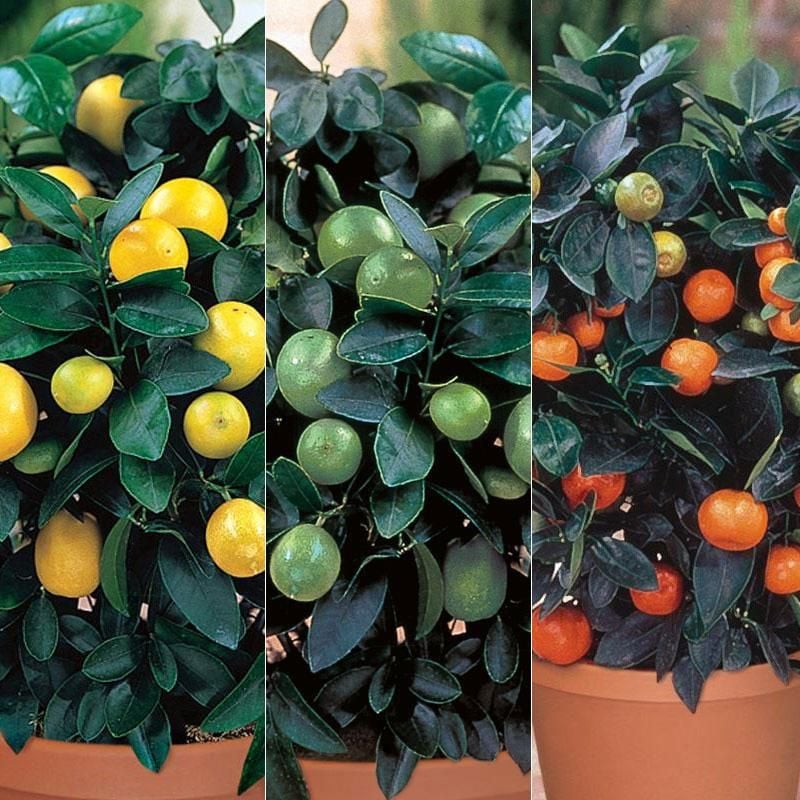 Citrus trees with fruit
Citrus trees with fruit
Lemon, Orange and Mandarin.
Not only does the fruit add colour to your garden, you can also enjoy eating it!
So, there you have it with some simple pre-planning (and pre-planting), you can enjoy year-round colour in your garden with no autumn leaves.
www.susanreadlandscapes.com.au
| Posted in:Landscape designPlants |
How to care for your garden in the summer
)
Well it's summer long days, balmy nights, BBQs by the pool side and generally taking it all in and relaxing.
While we get in to the summer swing and of course the party season, your garden may not be overly happy about it.
It's not only humans and pets that need hydration your garden and plants also do. While this may seem obvious, it's surprising how many people forget their gardens during the warmer/hotter months.
With a little bit of preparation and regular maintenance, your garden will not only survive, yet also thrive during the summer allowing you to enjoy your outdoor space without it looking like some wasteland.
Here are some simple and quick things you can do for your garden in the summer.
First and foremost, water! Not just water, yet deeply and regularly.
This should really be obvious, especially in Australian summer where it can get exceptionally hot and dry.
Remember that you should always water your garden in the cool times of the day.
The best times are early morning or evening to avoid evaporation.
Also, it is much better to water deeply; this means you should apply more water for longer intervals than to water a little bit every day, as this encourages the plant roots to sink in more deeply into the soil.
And think about installing a rain water tank for your water source rather than using mains.
Next, let your grass grow a little longer.
It is better to raise the height of your lawn-mower blade in the summer, cutting your grass a little longer than usual.
More leaf surface keeps the grass in your home garden healthier during hot and dry weather.
Also if you mow much higher, you will give the lawn a better chance of shading itself.
Think about adding some mulch.
Organic mulch can be made from different materials, you can add anything made from organic matter.
For example, recycled leaf litter, sugarcane mulch, straw and shredded leaves.
These materials are going to help your soil in the long run as they decompose and add to your soil structure.
Spreading a layer of mulch over your soil is one of the best things you can do for your garden, especially during heat waves.
The mulch acts as a blanket and provides a shield to the soil from the harsh sun.
This keeps the soil cooler, so your plant roots are healthier, and prevents moisture loss from evaporation.
Don't forget your potted plants.
Potted plants can even be more vulnerable to overheating, as they do not have the option of sinking their roots deeper for water.
On the other hand, it is easier to move potted plants to a more protected area if needed.
So try to keep them away from the hot noon sun if possible and keep the sand moist.
This ensures roots stay cool and plants remain healthy.
Add a pot-saucer under the pot, and fill it up with water.
Watch the mozzies though!
Wind can also cause heat damage.
Wind is another danger, as hot windy air can dry out soil, plants and mulch quickly.
A living screen such as a hedge or some form of fencing will help.
Get a fence that allows some air movement. If no air can circulate, the garden is likely to turn into a heat trap.
Finally, your garden's best friend will be shade.
Placing a tree or vine in the right areas to shield your house and garden from the searing sun is a great option.
Freshly planted plants are especially vulnerable. So try to shelter them with palm fronds or leafy branches for a week or two.
With a little effort on your part, your garden will continue to provide you with pleasure and joy throughout the summer months and I guarantee you'll enjoy pottering around.
If you'd like some more tips and tricks on setting up and looking after your garden masterpiece, contact Susan Read Landscapes, 0418 635781, for a consultation.
| Posted in:SustainabilityPlants |



